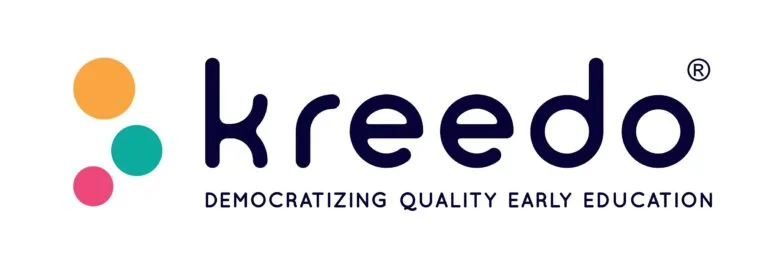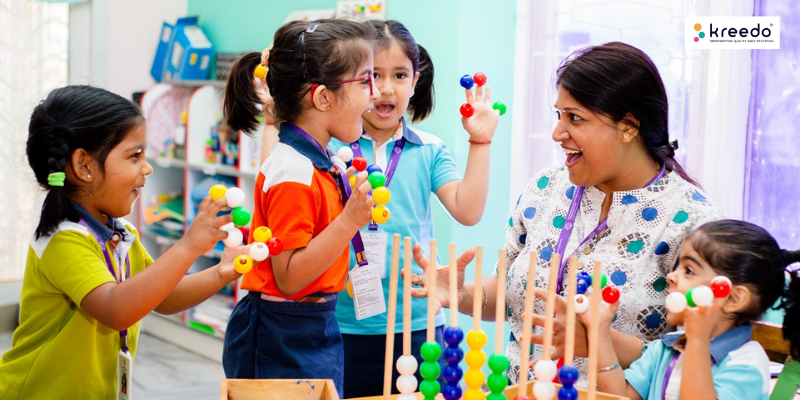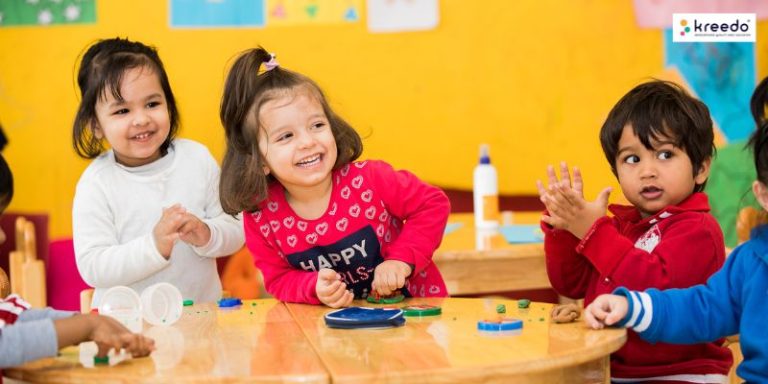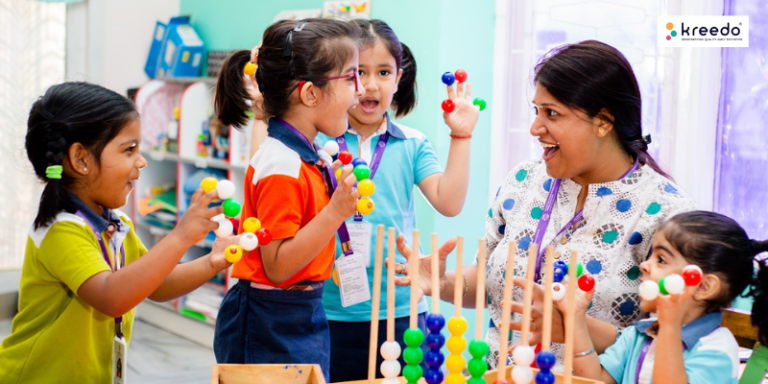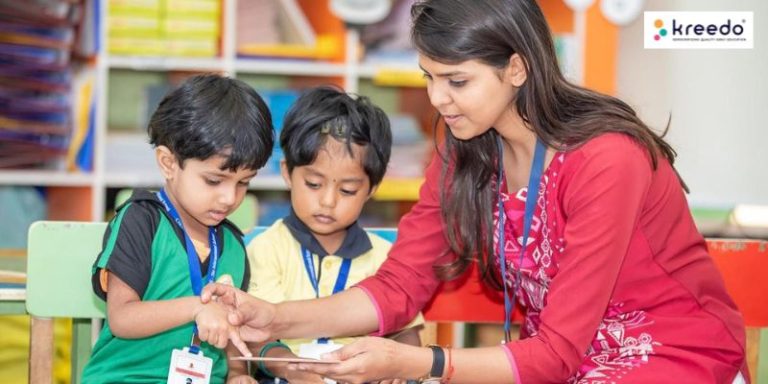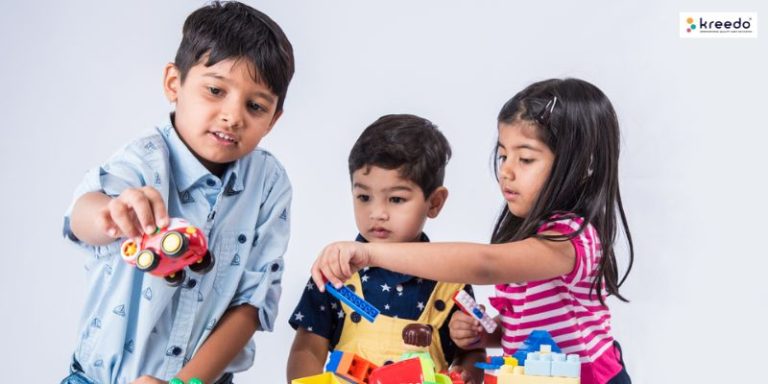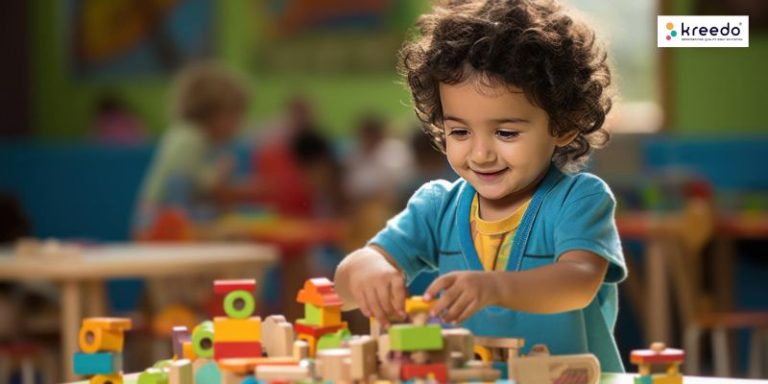Storytelling is different from reading stories with books because you have to create a whole story through your imagination. It gives adults a way to enhance their own literacy skills through dialogue, speech, and activities. Parents can talk about their heritage by showing pictures, videos, or even albums of the family get-together.
For parents and teachers who find it difficult to read books all the time, storytelling without a book is a great learning tool to help the children boost their vocabulary and to make story time more interactive. The same story can exist in different languages and can have different interpretations.
Encouraging children to share their understanding of the story is very important as it enhances the child’s comprehension skills and language development. The structure is important when telling a good story, in addition to details about the setting – where the story takes place. Other important elements to tell a good story are the characters that are propelling the story as well as what is the problem or challenge the characters must overcome in the story. In the end, of course, a story must have a resolution to the problem.
For young children aged 3 and below, remember to tell stories that have phonetic awareness and sequencing, differentiating between different sounds, etc. At that age, we don’t have to plan a complicated plot.
Here are a few ways which can help you in storytelling:
-
- Identify children’s interests: If you know your children well, then think about stories relating to what the children like to do e.g. getting dirty, playing with an adult around, trying something new for the first time, etc.
- Create stories from your life:
-
- Stories of your own
- Picture books
- Folk tales which are compiled in easy format books from the collection of school
- Family stories
- Avoid fantasy/ moral stories for preschoolers
-
-
- The environment is important: Room temperature, noise level, and physical environment are all important elements to be considered during storytelling. E.g. In a hot room, don’t do action stories / but do a warm-up poem in a cold room.
- Settling Down: Make sure children settle down before you start telling a story. The adult stands at the front and says very quietly “If you can hear me I want you to touch your head”. Continue with a few more instructions until the noise dies down. As it does, the adult increases her voice level until everyone can hear the instructions and begins the story. Use the tools of the storytelling techniques like:
-
- Voice modulation
- Body language
- Facial expression
- Imagination
- Enthusiasm
- Practice
-
- A tape recorder will let you hear your voice
- A mirror will let you observe your face and body
- Mulling the story over will bring out imaginative sparks
- Taking it all too seriously will kill your enthusiasm and spirit
Remember, you’re not just telling stories, you’re teaching them to be an audience so:
-
- Intersperse with rhymes, finger plays, actions
- Use puppets, props, etc.
- Keep stories short and interesting
Storytelling is an art and is one of the most effective methods of enhancing language and social skills in an early years setup.
